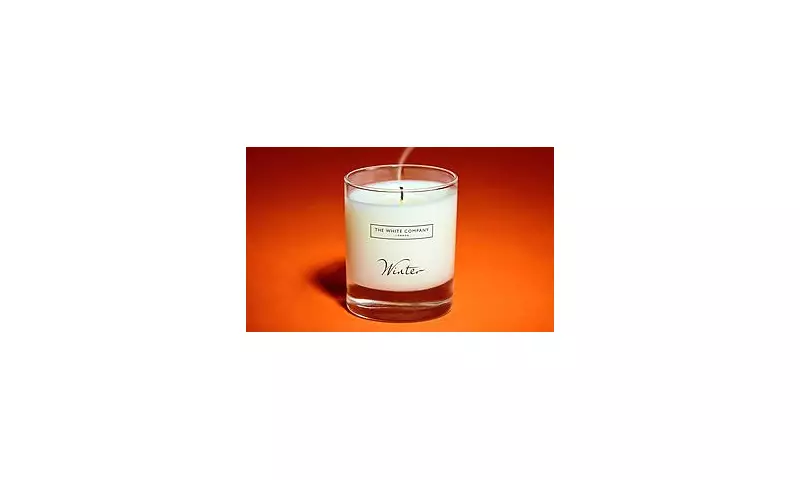
That comforting glow and inviting fragrance from your favourite scented candle might be creating an invisible health hazard in your home. Emerging research suggests these popular home accessories could be releasing harmful pollutants directly into your living space, potentially affecting your respiratory system.
The Invisible Threat in Your Living Room
While scented candles create an atmosphere of warmth and relaxation, they may simultaneously be compromising the air you breathe. When burned, many candles release microscopic particles and volatile organic compounds (VOCs) that can penetrate deep into your lungs, triggering concerns among health experts and environmental scientists.
What Makes Scented Candles Potentially Harmful?
The primary concerns centre around three key elements:
- Synthetic fragrances: Many contain phthalates and other chemicals that vaporise when heated
- Paraffin wax: Derived from petroleum, this common base can release benzene and toluene
- Incomplete combustion: Poor burning can produce soot and fine particulate matter
Who's Most at Risk?
Certain groups may be more vulnerable to the effects of candle emissions. Individuals with asthma, allergies, or other respiratory conditions might experience exacerbated symptoms. Children and the elderly, whose respiratory systems are more sensitive, could also face greater risks from prolonged exposure to indoor air pollutants.
Safer Alternatives for a Fragrant Home
If you're concerned about your candle usage but still want to enjoy pleasant home fragrances, consider these healthier options:
- Beeswax or soy candles: These natural alternatives tend to produce fewer pollutants
- Essential oil diffusers: Provide fragrance without combustion byproducts
- Proper ventilation: Always burn candles in well-ventilated areas
- Shorter burning times: Limit sessions to 2-3 hours maximum
- Regular wick trimming: Maintain ¼ inch length to reduce soot production
Making Informed Choices About Home Fragrance
Being aware of the potential risks doesn't mean you need to eliminate scented candles entirely. Instead, focus on making informed choices about the products you bring into your home. Look for candles made from natural materials, avoid those with overwhelming synthetic fragrances, and be mindful of how often and how long you burn them.
Your home should be a sanctuary, not a source of hidden health risks. By understanding the potential impact of scented candles on indoor air quality, you can make decisions that keep both your environment pleasant and your lungs healthy.





